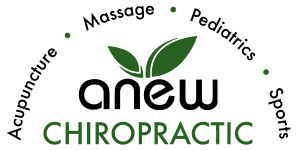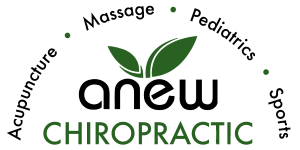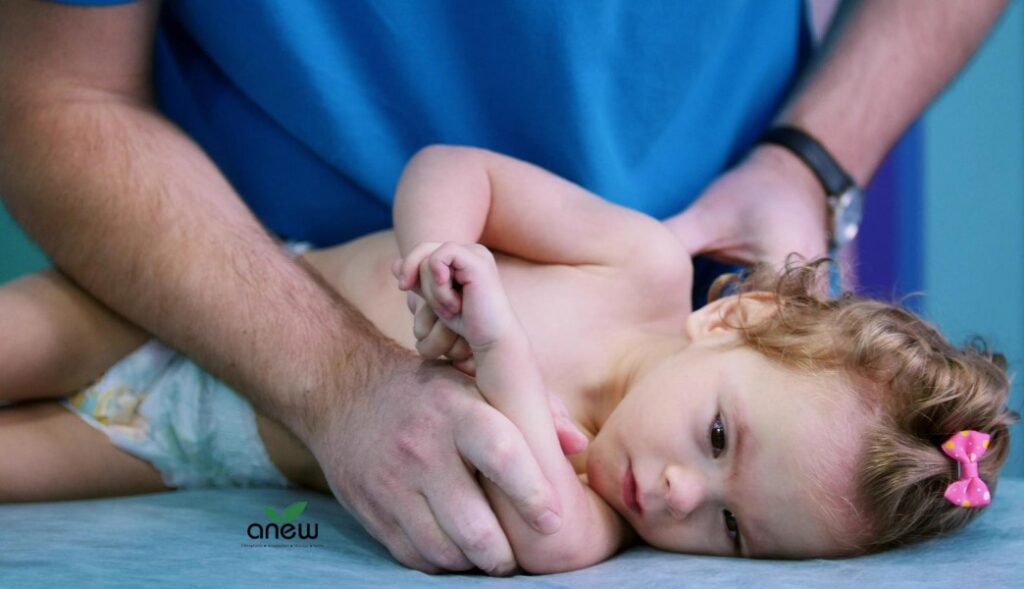Pediatric Chiropractic Care
Today’s moms and dads know that essential neurological development occurs in the first few years of a child’s life, and how incredibly crucial supporting their development in these early years will affect their adolescent and adult development.
Helps with Children’s Neurological Development
When such an interference occurs in the nervous system, your child’s brain and body do not communicate as they should. Since a child learns about the world through their senses, it’s important that the brain processes that information correctly to reach milestones and thrive.
Although you may be surprised to find children in the waiting room at your chiropractor’s office, 17% of all chiropractic patients are under 18 years old, according to the National Board of Chiropractic Examiners. The care these children receive is oftentimes preventative, meaning it sets them up for better health and well-being in the future, but it is also to deal with some sort of health issue or imbalance.
As adults, we’re often aware when our bodies aren’t in balance. Whether it’s chronic pain, headaches, or poor posture, our physical health affects us all. Children and infants aren’t exempt from this either; dysfunction within the body can inhibit their learning and growth.
Spine Misalignment can lead to Sleeplessness, Earaches, or Asthma in kids
We know that children are active explorers, and so they tend to experience more physical trauma than adults do. A small fall or bump can easily throw their spine’s alignment out of whack. Even slight misalignments can lead to issues like sleep disturbances, earaches, or asthma later on in life.
Fortunately, pediatric chiropractors have the specific knowledge and skill needed to help keep kids’ bodies functioning optimally.
Give Your Child A Positive Start
Studies show that nearly 80% of natural births cause some form of damage to the baby’s upper neck. With such a high statistic, having this area checked immediately can help to avoid future problems caused by misalignments.
We Care About Our Kids
Pediatric chiropractic care is a non-invasive and pain-free way to check for any type of spine misalignment. When we do our physical examination for a pediatric spinal misalignment, our pediatric trained and licensed chiropractors are looking for any signs of misalignments that can affect the development of your child’s healthy nervous system. Because of the small scale and nature of dealing with very small bodies, you want to seek out highly trained and practiced pediatric chiropractors like Dr. Yael Gurshwitz, at Anew Chiro Chiropractors in The Woodlands, Texas.
Newborns
Spinal trauma can result from a difficult birth or other traumatic events experienced in the first few months of a baby’s life. When an intervention at birth is necessary, force by a physician’s hands, instruments, or the birth canal on a newborns’ body can cause spinal misalignment which can lead to symptoms such as colic, failure to thrive, feeding problems, and incessant crying. Such trauma can be caused by interventions such as:
- Breech presentation
- Cesarean section
- Forceps delivery
- Prolonged time spent in the birth canal
- Pulling and tugging on the fragileness of a baby’s neck
Toddlers and Young Children
There are certain physical milestones that a child reaches throughout their life, and moms and dads notice when a child is not reaching those milestones at the same time as other babies and toddlers their age.When those milestones are not met, parents may become concerned. If a child has developed a spinal subluxation due to the trauma they have suffered, they may not be meeting milestones which are on pace with the rest of the children their age. The types of physical trauma that can result in subluxations include:
- Accidental slips
- Rough and tumble play
- A knock to the head
- Falling down when they are first learning to stand up and walk
- Injuries relating outdoor activities like bike-riding, or tree climbing
- Any injury that may result from lots of running or swimming
Children whose nervous system has been impacted by the types of trauma or injuries mentioned above are much more likely to develop stomach issues, earaches, and ear infections. Not only are those some of the common ailments due to these types of trauma, but medical studies show that they may also develop difficulty learning, hyperactivity, as well as a lack of social development.
Adolescents
As teenagers participate in athletic activities, the chances of developing a spinal subluxation can increase. A variety of sports such as baseball, basketball, football, swimming, track running, tennis and soccer have the potential to cause injury to the spine when proper care is not taken. If there is anything that is known about teenagers, they overexert themselves and do not always practice proper techniques as they are learning and growing. This is why chiropractic care is so important during these formative years, as it can help to ensure that a growing body is well aligned and the nervous system is functioning properly.
Chiropractic care helps teens recover more quickly from physical trauma and also helps to improve their athletic performance. Chiropractic treatments can also help teenagers in terms of overall health by promoting better posture and preventing long-term damage to the spine. With regular check-ups, teenagers can stay healthy and safe while playing sports and remain physically active throughout their teenage years.
Chiropractic care is also a great way for teenagers to maintain an overall sense of wellbeing, as it helps reduce stress levels and promotes better sleep quality. This allows teens to be more focused and productive in all aspects of life.
Ultimately, chiropractic care is a great way to ensure that teens are able to remain physically healthy and happy as they grow into young adults. Whether the goal is to maximize athletic performance or simply stay healthy, regular visits to the chiropractor can help teenagers reach their athletic peak, or simply remain healthy while minimizing any potential long term health issues.
Improved Function
Our chiropractic doctors have received valuable feedback from many of our young patients in regards to their improvements in health and well being. The results have shown that our young patients have:
- Improved immune system function
- Much improved sleep and less restlessness
- Fewer behavioral issues
- Less down time due to illness
- Improvement with ADD/ADHD
- Fewer bouts of colic
- Improved congenital muscular torticollis
- Fewer bouts of ear infections
- Less bed-wetting
- Improved digestion
- Improvement in allergies and bouts of asthma
- Noticeably fewer seizures
A Stress-free Consultation
At Anew Chiro Chiropractic in the Woodlands Texas, we strive to provide your child with the highest quality of care. We understand that some children may have anxiety or ADHD, and we are very experienced in treating them. We make sure we have all the information we need to provide the best treatment for your child through our consultation. Our consultation will include details about the mother’s pregnancy, delivery, any interventions or medications given and any surgeries performed. We believe that pediatric chiropractic care is essential for children, from babies through adolescence, and we are proud to be treating so many of The Woodlands area youth.
As you know, prevention is key to achieving true wellness, and we are thankful to our patients and parents for giving their children the best start in life through early intervention through chiropractic care. If you would like to learn more about chiropractic care for your child, please contact us today. We look forward to helping your child reach their highest physical potential! Let us help give your child the chance to live and learn with confidence.Please call us today at (936) 273-3370 or visit our website https://anewchiro.com/ for more information about pediatric chiropractic care.
Pediatric Chiropractic Care Read More »




